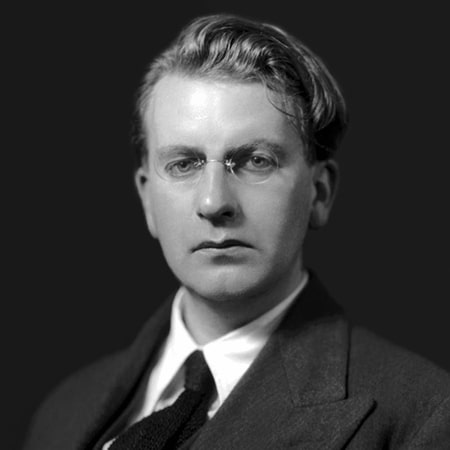John Logie Baird was a Scottish inventor and engineer known as the “Pioneer of Television” or “Father of Television”. He was recognized as one of the inventors of mechanical television. In 1926, John Logie Baird invented the first working television system. He later invented the color mechanical television system.
He was one of the most innovative inventors of the era, inventing the first fully electronic color television picture tube. His invention was the first color television that the public also bought. This development marked an important moment in the history of television.
Baird became interested in electronics at a very young age. When he realized his talent, he pursued his passion. As a child, he tested remote-controlled photography and succeeded. He also built a telephone switchboard to connect his home to the homes of nearby friends.
As a teenager he read a German book on the photoelectric properties of selenium. This gave him a better understanding of the concept of television and inspired him for his future work.
He closely followed the work of the German mathematician, physicist and inventor Arthur Korn. Korn was particularly involved in the successful development of a practical mechanical television system known as the “Bildtelegraph”. He played a major role in the development of the fax machine.
He contributed greatly to the transmission of relevant photographs or telephotography. He had successfully invented a circuit to transmit fax images at any required distance.
When Baird heard about Korn’s spectacular success, he became convinced that his own ideas could become a reality. So he began to pursue the concept of live or moving pictures. He successfully transmitted a long-distance television signal 438 miles from London to Glasgow via a telephone line.
However, his success was soon followed by other successes. In 1928, Baird founded the Baird Television Development Company, which made the first transatlantic broadcast from London to New York. In addition to television, he made significant contributions to fiber optics, covert signaling, radio imaging, and infrared scanning.
John Logie Baird’s Youth
John Logie Baird was born on August 13, 1888 in Helensburgh, Dunbartonshire. He was the youngest of four children of the Reverend John Baird and Jessie Morrison Inglis. After reading that German book on the photoelectric properties of selenium, the young Baird planted the seeds of what would become his life’s work and developed an interest in television.
He was just a child when he developed a small-scale telephone exchange that connected his house to neighboring houses. Even as a child, he was resourceful and, like an adult, meticulous, punctual and efficient with his time.
He studied at Glasgow and West of Scotland Technical College. He chose to attend the University of Glasgow. However, he was unable to complete his degree due to the outbreak of World War I. With his studies suspended, Baird tried to join the army. However, due to chronic health problems at an early age, he was deemed unfit for military service and was sent home by the military.
But when Baird was in college, he did an engineering internship as part of his coursework and as a requirement. This internship opened the door to a life in engineering. In 1916, Baird became assistant network engineer for the Chyle Valley Electirical Power Company.
Undersock
As an assistant network engineer, Baird continued to pursue his passion for invention. Health problems prevented him from staying in the army. But he invented something the army needed. This was the ‘Baird Undersock’, a water-blocking sock that was particularly popular with those at risk of trench foot in the army.
In 1919, with the financial success of Undersock, Baird opened a jam factory and moved to Trinidad. This was a completely different line of work from his passion for engineering or inventing. An insect infestation put an end to this adventure. This brought him back to the UK and therefore back to his passion for invention.
New Inventions and Television
John Logie Baird lived in poverty before returning to London. Living in an attic, he often had to borrow money from friends and family. He began experimenting with a number of new inventions, including a stainless razor using glass.
The lackluster success of some projects led him to reconsider the concept of television, which became a turning point in his life. Leaving the factory, John Logie Baird moved to Hastings on doctor’s advice. It was then that he started experimenting with television again.
Baird used household items and surplus materials around the house. After much hard work, he succeeded in creating a rough prototype for what would become the first television. On October 2, 1925, after months of trial and error, Baird’s efforts paid off and for the first time, the first real television was invented, albeit with household materials. And Baird succeeded in taking the image of a cardboard placed inside the room and showing it on the screen.
The First Television Star William Taynton
John Logie Baird then enlisted the help of his downstairs neighbor, 20-year-old office boy William Taynton, who would become the first person to appear on television. Taynton accepted the offer of help, not realizing what an important job he was doing for the age.
The young man who waited patiently for hours in front of Baird’s transmitter would become the harbinger of the people, the movies and the images from every corner of the world that appeared on screens every second of every day.
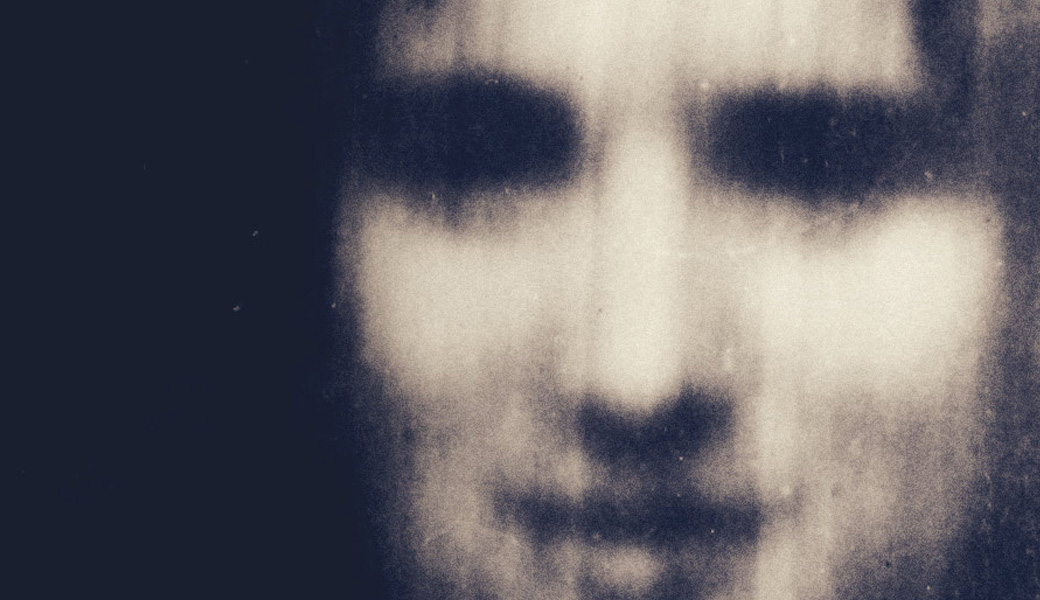
Noctovision
While developing television technology, Baird also managed to invent “Noctovision”, the world’s first night vision using infrared light. Although it is now overshadowed by television, it was considered one of the world’s most important inventions.
Noctovision is defined as the use of infrared rays to transmit an image of an invisible object.
John Logie Baird Television Development Company
Baird took his groundbreaking innovation in television a step further by demonstrating his new invention, color television. He also developed ‘Phonovision’, the world’s first video recorder.
In the same year, 1927, he made the first long-distance transmission, sending pictures more than 400 miles from London to Glasgow. “Baird Television Development Company” (BTDC); He founded the Baird Television Development Company soon after. This was Baird’s greatest achievement after the jam factory.
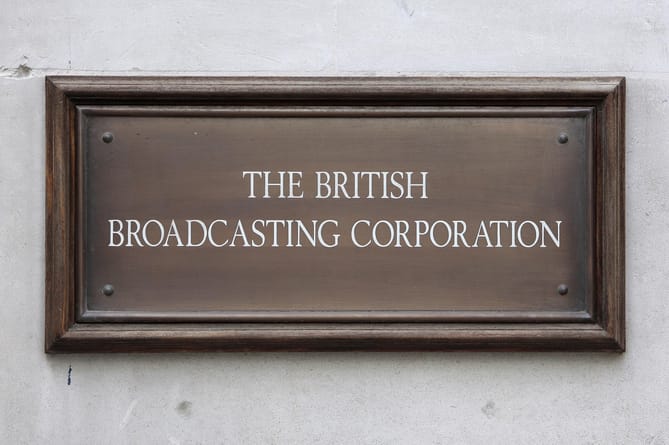
With national transmission successfully accomplished, Baird set his sights on international transmission and began work. Baird again broke new ground by sending a television signal from London to the United States.
In 1928, the world’s first transatlantic color television broadcast was made. The television image was of a young girl, Noele Gordon, wearing a colorful hat. Noele Gordon later became a successful television actress and presenter.
Gordon’s father was an engineer in the navy. After attending the convent school in Ilford, she was taught to dance by Maude Wells. He made his first public appearance at East Ham Palace and soon after sang “Dear Little Jammy Face” in a London restaurant.
After this, her family, especially her mother and aunt, were eager for her to start a stage career. On July 3, 1928, Gordon made history as the first woman to appear on color television when she took part in the world’s first color broadcast on John Logie Baird’s system.
“The “Baird Television Development Company” broadcast the first television program for the British Broadcasting Corporation (BBC) after the transatlantic television broadcast. This program started in 1929 and continued until 1932.
Guglielmo Marconi and the advent of electronic television
Baird was instrumental in setting up France’s first television company. At the same time, he tried to synchronize the transmission of sound and image at the same time. In the 1930s, things changed a little more. Baird’s mechanical television was replaced by electronic television technology developed by Italian inventor Guglielmo Marconi.
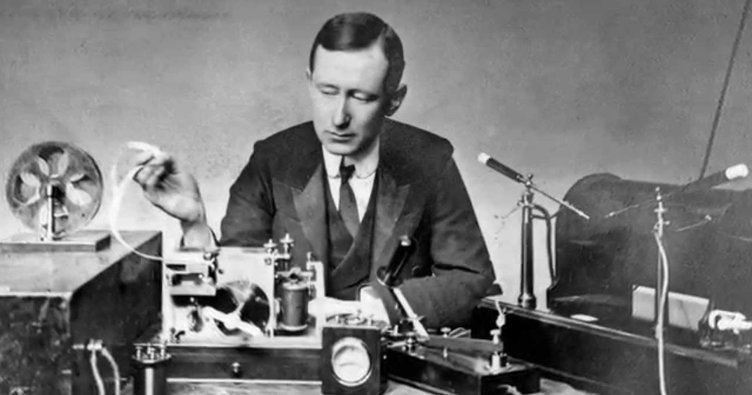
Guglielmo Marconi was an inventor known for his successful work in inventing radio and wireless signal transmissions. Marconi was born in Bologna in 1874. Marconi lived in England for a short time, where he learned to speak English. This language opened many doors for him.
He befriended a physics student from the University of Bologna. Although he did not officially attend the university, he started attending his friend’s classes and became interested in practical science.
In 1895, after only a year of work, he succeeded in producing a device that sent radio waves over a considerable distance. In 1896, he traveled to England again, hoping to receive more support and funding. He exhibited his new invention in London and within a few years founded his own company “Marconigrams”.
Here he began to produce a commercially viable product. He received patents for his inventions and continued to improve his device. In 1901, he successfully sent a message across the Atlantic Ocean.
Like many inventions, it was normal to have several inventors working on similar machines at the same time. By 1914, he was considered the chief inventor of radio. He played an important role in the founding of television. Many historians have described him as the man who completed Logie Baird’s invention of television.
Televisor Launched
In 1928, many radio stations preferred to broadcast experimental television programs using mechanical systems. But this technology was never of sufficient quality or affordability to become popular with the public. In 1930, the Baird Television Development Company launched the world’s first mass-produced, publicly available television set, the ‘Televisor’.
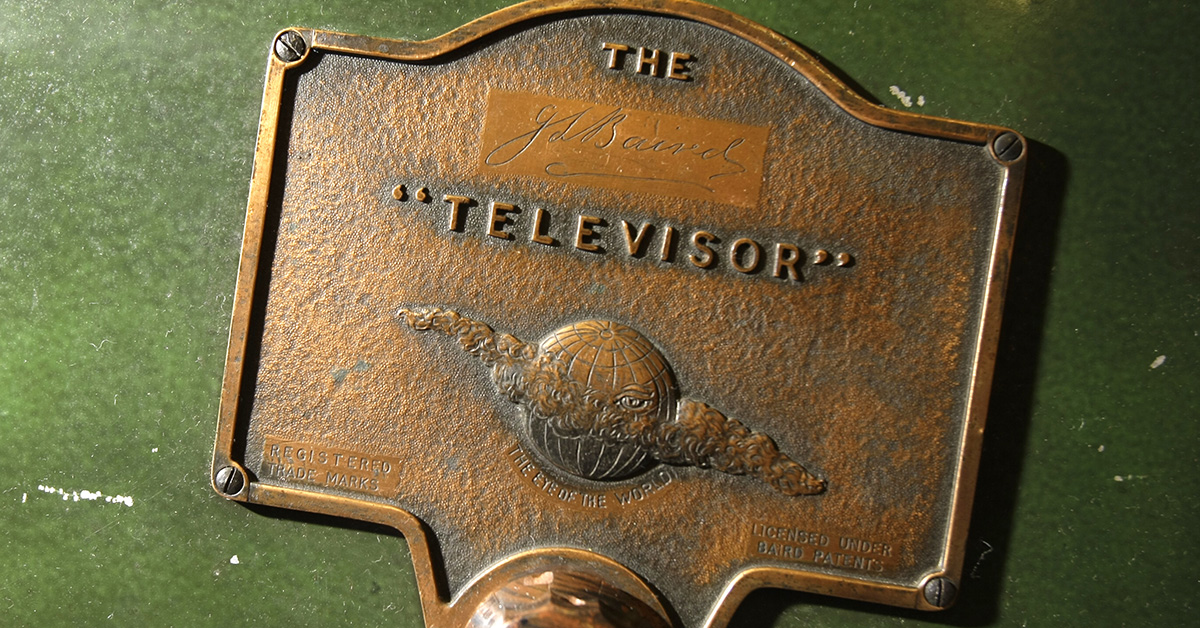
In 1931, at the age of 43, John Baird married 24-year-old South African concert pianist Margaret Albu in Coney Island, New York. In 1932, their first child Diana was born in Hampstead, London.
In the same year, the BBC began using the “Baird Television System” for its first public television service, and they continued to use Baird’s original broadcasting method for many years. In 1935, their second child, Malcolm, was born at the family home in Sydenham, London. Baird began to be recognized for his work, receiving an important award from the Royal Society of Edinburgh.
Baird helped develop a three-dimensional television system. He developed an area of technology that would become the equivalent of today’s Hi-Definition or HDTV (High Definition Television, or high definition television). He also made important contributions to other areas of science, such as fiber optics, radio direction finding and infrared night imaging.
On February 4, 1938, an audience of about 3,000 people arrived at the Dominion Theater in London. Baird gave them a public demonstration of the first 120-line color television. These images at Crystal Palace were broadcast on a 12-foot by 9-foot projector screen.
He later developed a high-definition color and stereoscopic television system. In 1944, Baird conducted numerous experiments during the war. In August of that year, he announced the invention of the world’s first integrated color television picture tube.
The Death of John Logie Baird
John Logie Baird continued to work until his death. He suffered a stroke that would eventually end his life and died at his home in Bexhill-on-Sea on June 14, 1946. He was buried in his native Helensburgh, Scotland.

